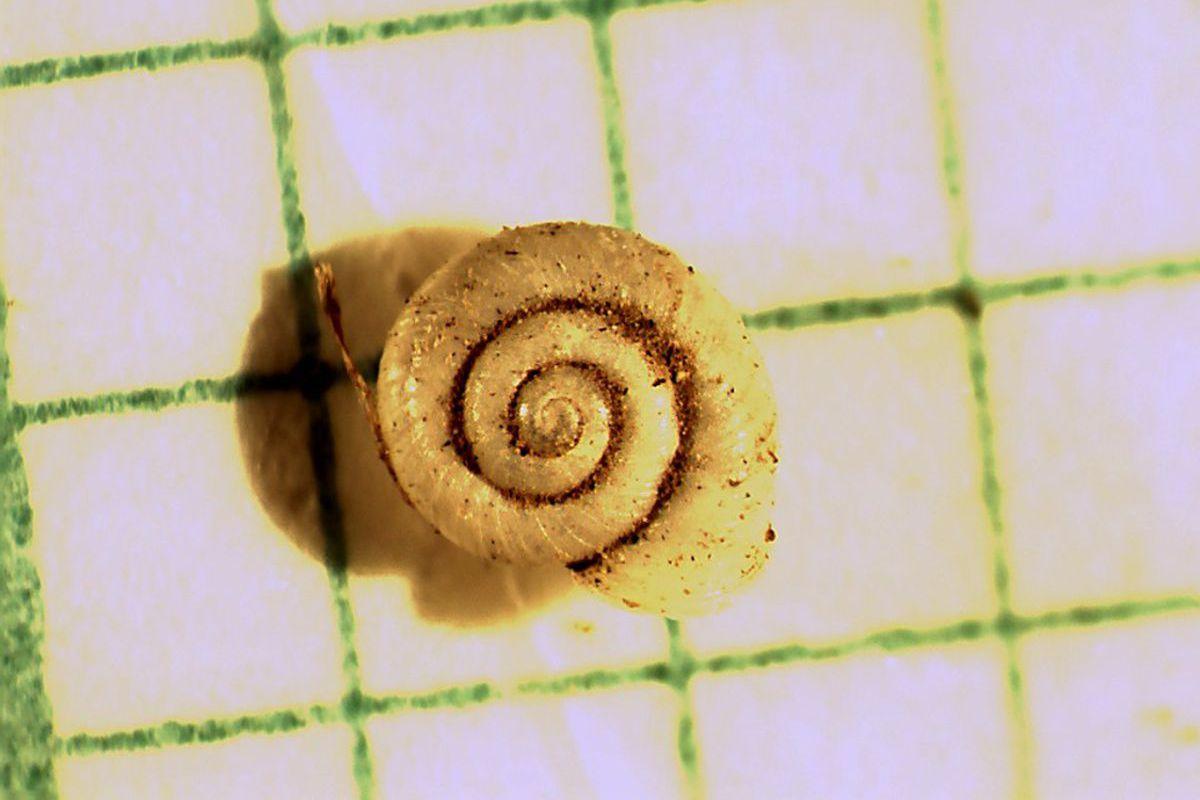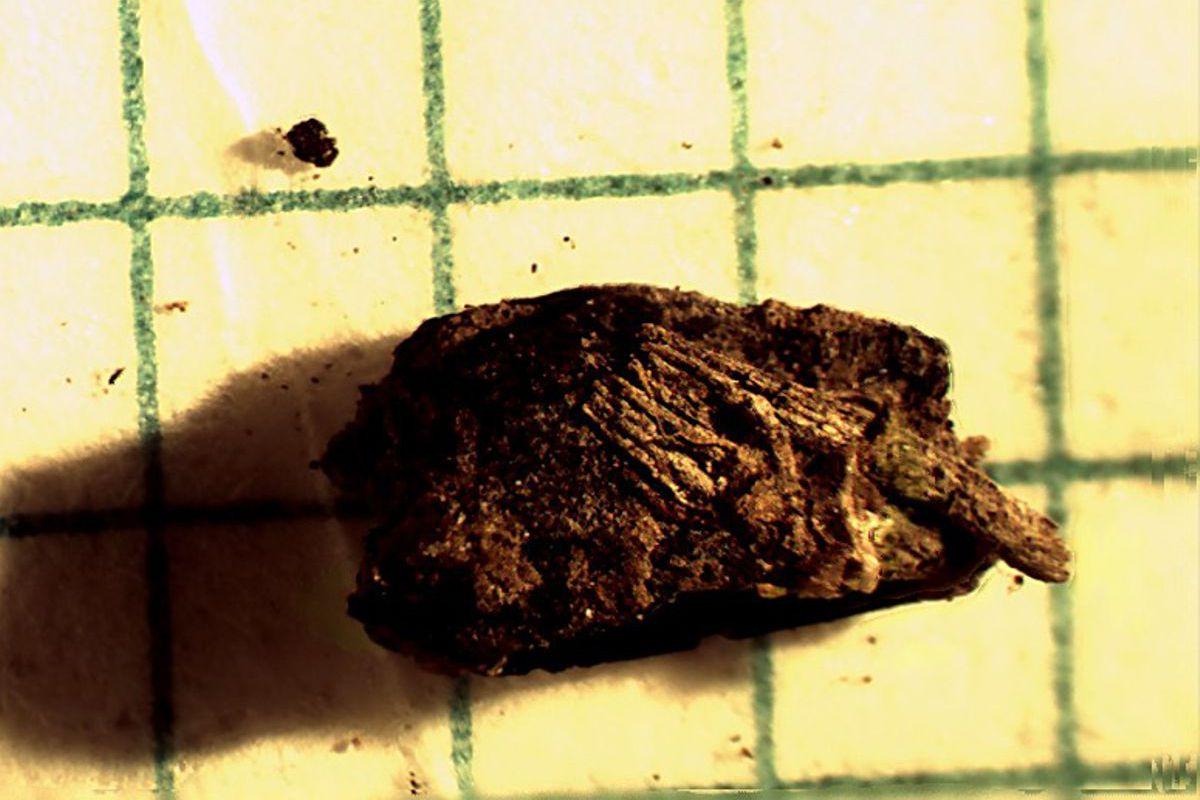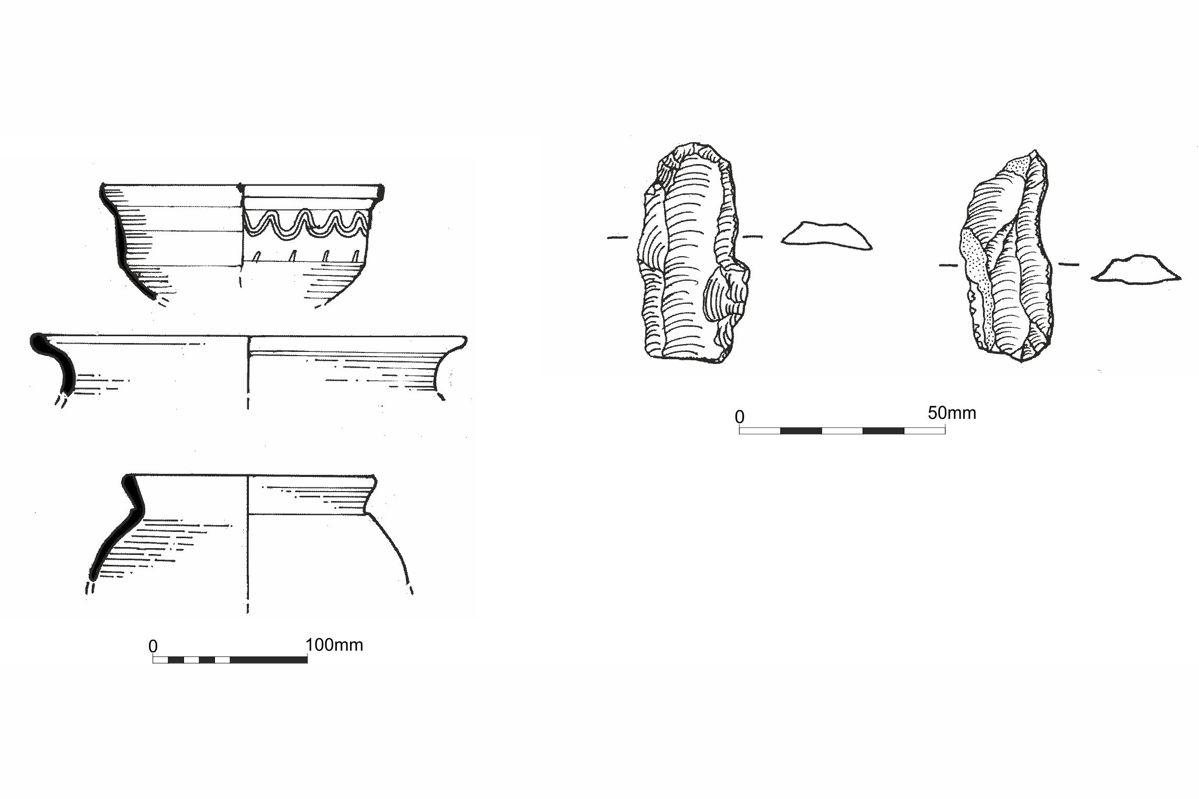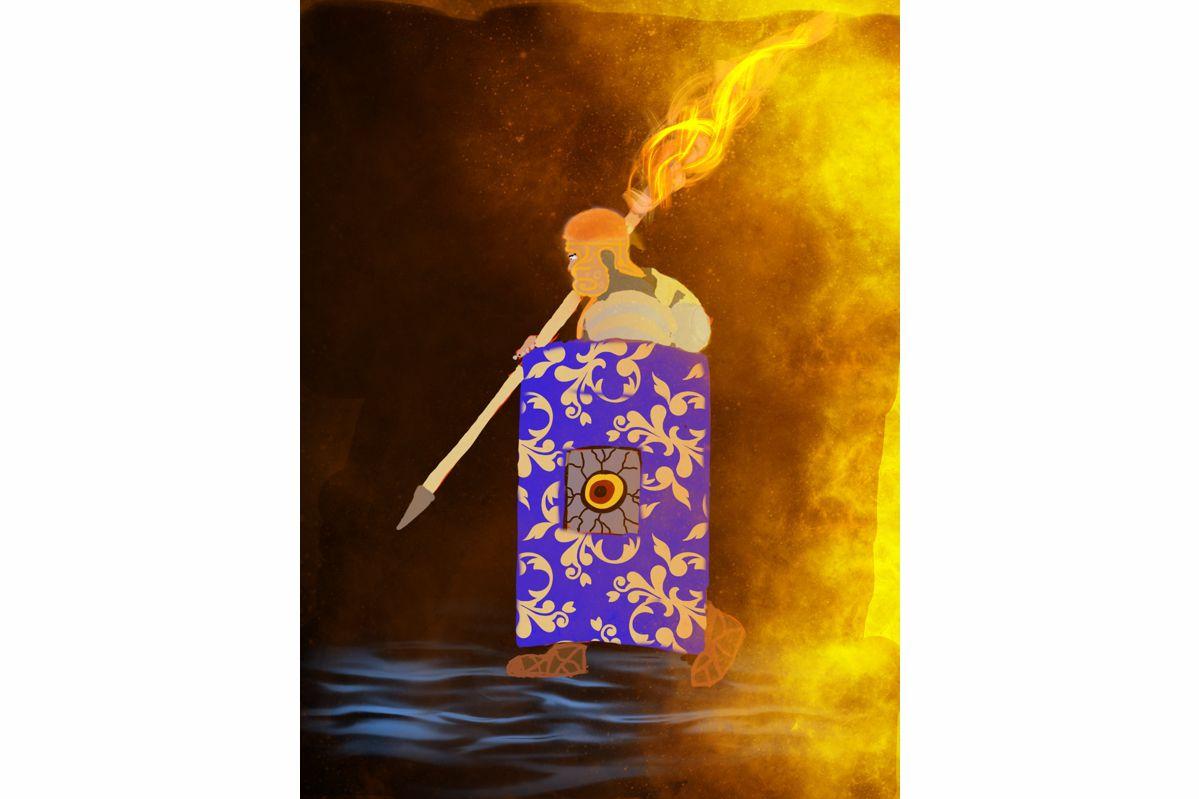Monday 9th July
At around 9:10am I arrived at Wessex Archaeology and met the community and education manager, Samuel Fieldhouse. He gave me a tour of the building and showed me where each department works. Once the tour had finish he guided me to the finds lab, where I learnt how to properly clean finds from different site. Pottery, flint and bone were the finds I cleaned. Then I was shown the many finds stored around the site such as parts of old ships, World War 2 items and many more. This lead to lunch and then I went to geomatics. There I learnt how to use a GPS for archaeological purposes and the used AutoCAD to outline a skeleton in a picture. I learnt many things, met new people with varied personalities and can’t wait to see what happens next on the 10th.
Tuesday 10th July
Shortly after arriving, I was shown to the area where the environmental archaeology occurs. There I sorted soil samples, searching for snail shells and other interesting finds. I also sorted through containers that contained small rocks, snail shells, charcoal, bone and other items. After lunch I went to the finds lab. When I was there I helped to package some finds, including some human bones, ready to be transported. I also learnt to mark pieces of pottery for identification.


Wednesday 11th July
Soon after I arrived, I was escorted to the drawing room where I learnt how to draw artefacts. This involved firstly drawing the selected item in pencil. Then expanding or shrinking the drawing so that you can ink it. Then I used ink to draw the resized picture. Then scan it into the computer so that it can be neatened up for proper printing. Then I tested brushes on an app on an iPad called Procreate for tomorrow.
Thursday 12th July
As soon as I arrived, I went to the drawing room. I started to draw a reconstruction of a roundhouse on the iPad and once finished, I tried some of the drawing tools in the drawing app Procreate. Soon after I created a poster for a lecture on why finds illustration was important. Once that was completed, I coloured a picture using the many tools in Procreate. This lead to the creation of another poster, for a lecture on faunal remains. After lunch I used the iPad to draw a Roman soldier. I learnt how to use further artistic skills, which can improve future art work.


Friday 13th July
After arriving, I made my way to the environmental team. Whilst I was there, I used a microscope to find microscopic items such as snail shells, seeds and other items of interest. Then the items I found were identified. Then I tried to identify different types of seeds. This eventually led to lunch and the completion of this blog. I learnt many things at Wessex Archaeology and hope to use the skills I learnt in the future.
By Cory Hibberd